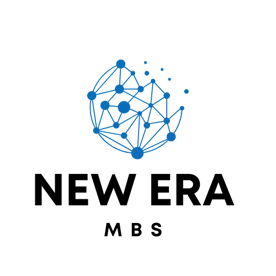Understanding the Medical Billing Process: From Patient Visit to Payment
Introduction The medical billing process is the financial backbone of every healthcare practice. It ensures that providers receive payment for services rendered while maintaining transparency for patients. From the moment a patient walks into a clinic to the final payment, each step in the revenue cycle must be accurate, compliant, and efficient. In this blog, we’ll walk you through the complete medical billing process — from patient visit to final payment — and explain why it’s critical for the success of any healthcare organization. Step-by-Step: The Medical Billing Process 1. Patient Registration The process begins when the patient schedules an appointment. Front desk staff collect: Demographic details (name, DOB, contact info) Insurance information Consent and authorization forms Tip: Accurate registration prevents claim denials and delays. 2. Insurance Verification & Eligibility Check Before the visit, the billing team verifies: If the insurance plan is active What services are covered Co-payments, deductibles, or pre-authorizations Importance: Reduces the risk of unpaid claims and improves patient satisfaction. 3. Medical Coding After the visit, the diagnosis and procedures are translated into standardized codes: ICD-10 for diagnosis CPT/HCPCS for procedures These codes describe what was done and why it was done — essential for billing the insurer. 4. Charge Entry & Claim Creation The coded information, along with patient and provider details, is entered into billing software to create a claim. This claim is then prepared for submission. 5. Claim Submission Claims are submitted electronically to insurance companies via a clearinghouse or directly to the payer. Speed and accuracy are critical at this stage. 6. Payer Processing & Adjudication The insurance company reviews the claim to: Approve, deny, or partially pay the claim Check for errors, coverage limits, or pre-authorization A remittance advice (RA) or explanation of benefits (EOB) is sent to the provider. 7. Patient Billing If there is a remaining balance (e.g., deductible or co-insurance), the patient is billed. Clear communication here improves collections and reduces disputes. 8. Payment Posting & Follow-Up Payments from insurers and patients are posted in the system. Denied or underpaid claims are followed up promptly by medical billers to maximize reimbursement. Why Is This Process So Important? A streamlined medical billing workflow: Improves cash flow Reduces claim denials Enhances patient trust Ensures regulatory compliance Even a small error in coding or submission can result in delayed payments or legal issues. Final Thoughts Understanding the medical billing process is essential for any healthcare provider, billing professional, or practice manager. Each step — from patient visit to payment — must be managed carefully to ensure financial stability and high-quality patient care. If you're a provider or medical billing company, investing in proper training, modern software, and experienced billers can significantly optimize your revenue cycle. ✅ Need Expert Medical Billing Help? New Era MBS offers professional medical billing services to healthcare providers across the U.S. We handle the entire billing cycle, so you can focus on what matters most — patient care. 📞 Contact us today for a free consultation.
5/8/20241 min read


